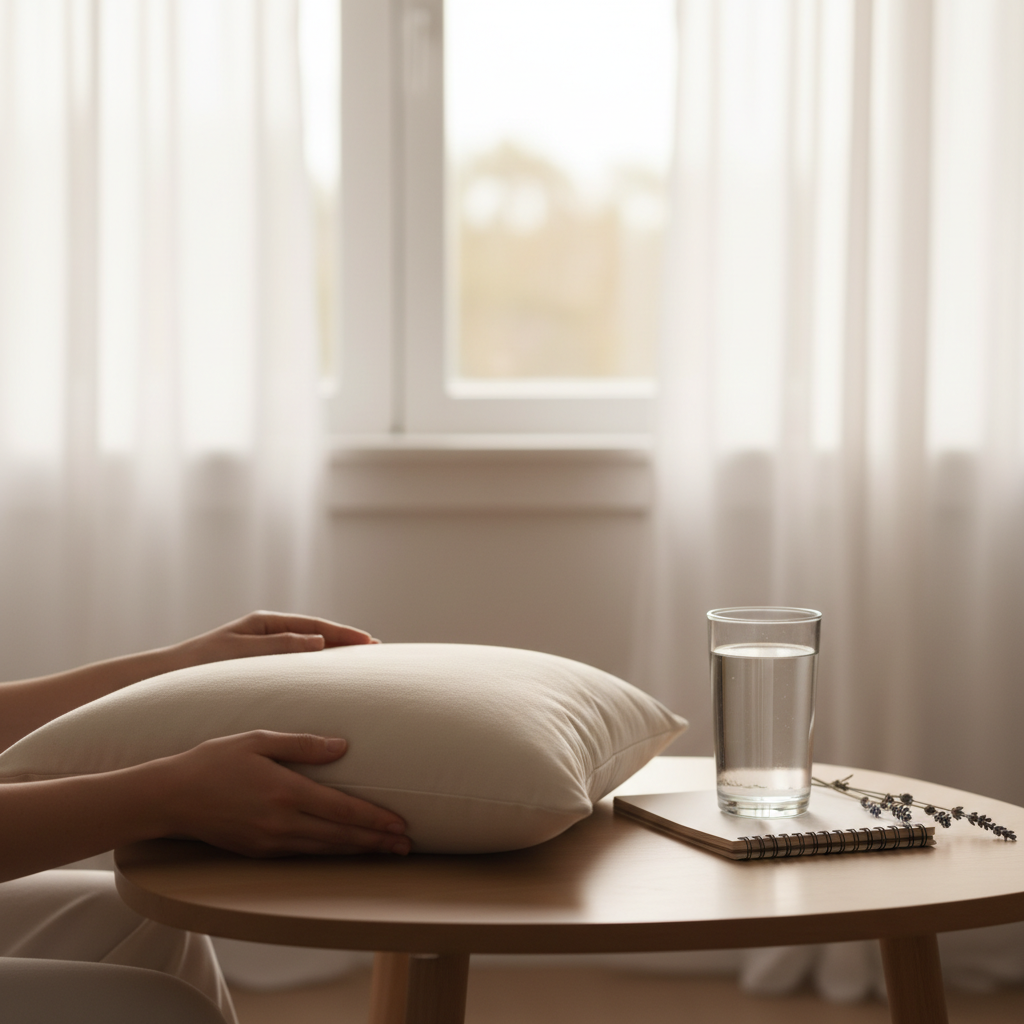
From First to Second Trimester: The Changing Landscape of Pregnancy Symptoms
Pregnancy brings a remarkable series of physical and emotional changes that vary significantly between the first and second trimester. Each phase of this journey presents its own unique set of symptoms and experiences, with many women finding relief from early discomforts as they enter the second trimester.
Key Highlights
Here’s what to expect as you transition between these two distinct phases of pregnancy:
- First trimester symptoms like morning sickness and extreme fatigue typically begin to fade as you enter your second trimester
- Many women experience a welcome energy boost and improved mood during weeks 13-27
- New physical symptoms emerge as your baby grows, including a visible bump and possible back discomfort
- You’ll likely feel your baby’s first movements (quickening) between weeks 16-25
- Skin changes become more noticeable, from the celebrated “pregnancy glow” to potential stretch marks
Understanding Changes: First Trimester Realities

The first trimester often catches many expectant mothers by surprise with its intensity. Morning sickness—which can strike at any time of day—affects up to 80% of pregnant women, along with breast tenderness, frequent urination, and overwhelming fatigue. These early symptoms are primarily caused by the rapid increase in pregnancy hormones, particularly human chorionic gonadotropin (hCG) and progesterone, as your body adjusts to its new state.
Food aversions and cravings can make meal planning challenging, while mood swings might leave you feeling emotionally unpredictable. Many women also experience pregnancy headaches during this period due to hormonal fluctuations and changes in blood volume. According to the American College of Obstetricians and Gynecologists, these symptoms typically peak around weeks 8-11, when hormone levels are at their highest relative to your body’s adjustment.
Understanding Changes: The Second Trimester Shift
As you enter your 2nd trimester, many women experience what’s often called the “honeymoon phase” of pregnancy. Morning sickness typically subsides as hCG levels stabilize, and energy levels begin to improve for most expectant mothers. This welcome relief usually begins around weeks 13-14 and continues throughout this middle phase of pregnancy.
Your body has now adjusted to the initial hormonal surge, creating a more balanced internal environment. Many women report feeling more like themselves again—able to eat normally, think clearly, and engage more fully in daily activities. This transition doesn’t happen overnight, but rather gradually over several weeks. According to the Mayo Clinic, approximately 80% of women notice significant symptom improvement by their 16th week, though individual experiences vary widely based on factors like overall health, age, and whether this is a first pregnancy.
Your Body & Baby: Physical Changes on Display

The second trimester brings visible evidence of your growing baby as your uterus expands above your pubic bone. Your pregnancy becomes apparent to others, typically between weeks 12-16, though this varies based on body type and whether this is your first pregnancy. This expanding belly might bring mixed emotions—pride and wonder alongside potential self-image adjustments.
As your center of gravity shifts, back pain becomes more common, affecting up to 70% of pregnant women. Stretching skin may feel itchy, and you might notice the development of stretch marks across your abdomen, breasts, and hips. One of the most exciting developments during this period is feeling your baby’s first movements—subtle flutters that many describe as feeling like “butterflies” or “bubbles popping.” These movements typically become noticeable between weeks 18-22 for first-time mothers and sometimes earlier for those who have been pregnant before. You can learn more about baby growth milestones at different stages of the second trimester.
Your Body & Baby: Hormonal Effects
The hormonal landscape shifts again during the 2nd month pregnancy and beyond, with estrogen and progesterone continuing to increase but at a more gradual rate. These hormones affect nearly every system in your body, from circulation to digestion to skin appearance.
Many women experience the famed “pregnancy glow”—a natural radiance caused by increased blood volume and oil production. However, these same hormonal changes can also trigger acne for some women. Your hair may become thicker and shinier as hair follicles remain in the growth phase longer than usual. Increased blood flow might cause nasal congestion or nosebleeds, while hormonal effects on your digestive system can lead to heartburn or constipation. The good news is that the mood swings and emotional volatility common in the first trimester often stabilize during this period, contributing to an overall sense of well-being for many expectant mothers.
Healthy Living Tips: Managing Persistent Symptoms

Even as first trimester symptoms fade, new challenges may emerge that require thoughtful management. For those experiencing pregnancy headaches second trimester, regular meals, adequate hydration, and rest in a dark, quiet room can provide relief. The American Pregnancy Association recommends discussing persistent or severe headaches with your healthcare provider to rule out concerning conditions like preeclampsia.
Heartburn becomes more common as your growing uterus puts pressure on your stomach and digestive tract. Small, frequent meals and avoiding spicy or fatty foods can help, as can sleeping with your upper body slightly elevated. For leg cramps—often occurring at night—stretching your calf muscles before bed and staying hydrated throughout the day may reduce their frequency. Maintaining proper hydration during pregnancy is essential not just for comfort but for your baby’s development as well.
Healthy Living Tips: Preparing for What’s Ahead
The second trimester provides a valuable window of relative comfort to prepare for the more physically demanding third trimester. Establishing healthy habits now can create a foundation for the remainder of your pregnancy journey. Regular, gentle exercise like prenatal yoga, swimming, or walking can help maintain fitness, reduce discomfort, and prepare your body for labor.
Focus on a nutrient-rich diet with adequate protein, calcium, iron, and folate to support your baby’s development during this period of rapid growth. This is also an ideal time to begin or continue prenatal education, whether through classes, books, or discussions with your healthcare provider about your birth preferences. Understanding what happens during weeks 16-24 can help you prepare for specific changes ahead. While enjoying this often more comfortable phase, remember to continue all prenatal appointments to monitor both your health and your baby’s development.
Embracing Your Changing Pregnancy Journey
As you transition from the challenging first trimester to the often more enjoyable second trimester, remember that each phase of pregnancy serves an important purpose in your baby’s development. The shifting landscape of symptoms reflects your body’s incredible adaptation to nurturing new life. While every pregnancy experience is unique, understanding these typical patterns can help you navigate changes with greater confidence and prepare appropriately for each stage. By listening to your body, maintaining open communication with your healthcare provider, and practicing good self-care, you can make the most of this transformative journey.
Sources
Mayo Clinic – Pregnancy week by week
American Pregnancy Association – Headaches During Pregnancy
National Institutes of Health – Pregnancy hormone plays key role in fetal development
American College of Obstetricians and Gynecologists – Back Pain During Pregnancy
